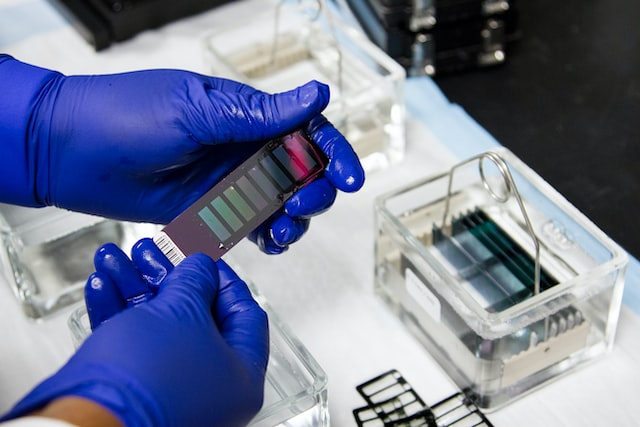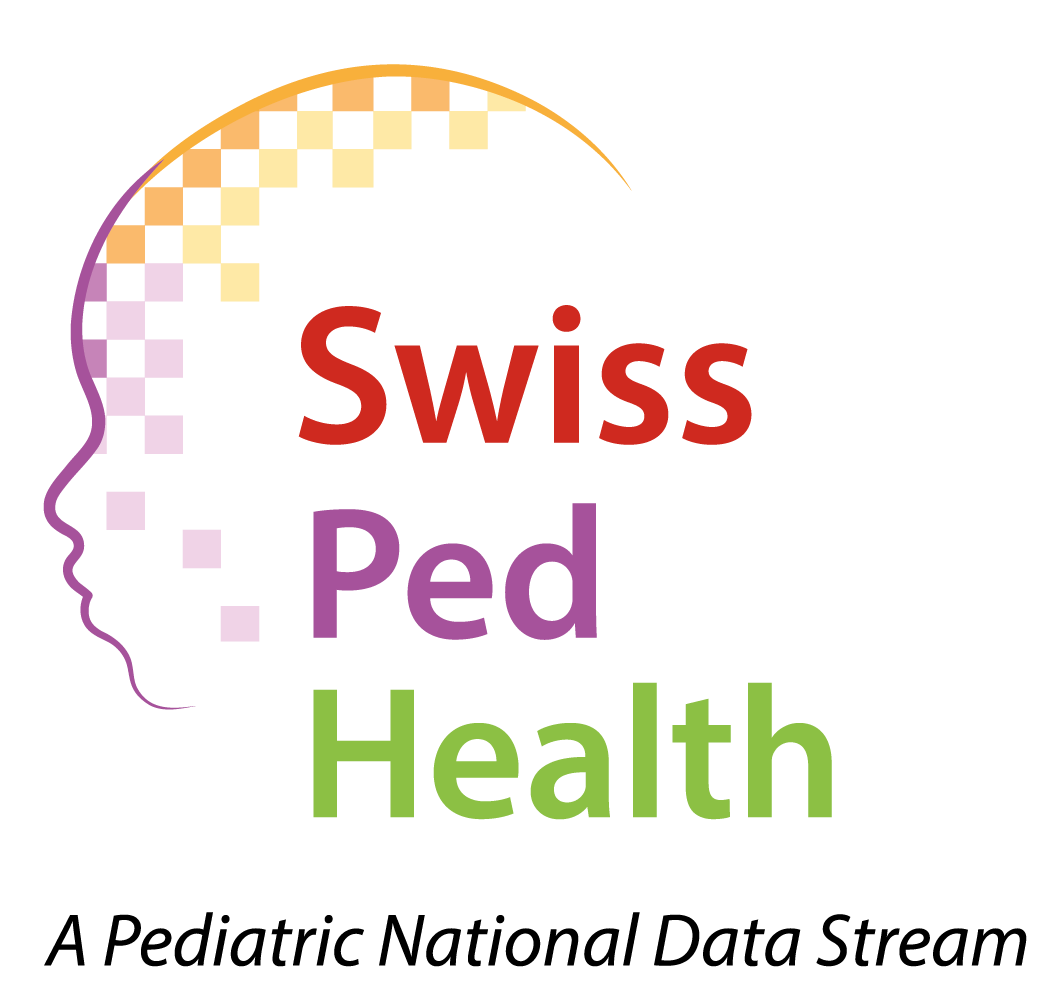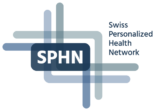
Genomic analysis allows our scientists to identify health concerns and discover new treatments.



One lighthouse project and four nested projects (NP) serve as use cases for the SwissPedData core dataset. All NPs will test availability and quality of information from the electronic health records (EHR), pilot procedures and data flows, and enable quality checks on consistency, accuracy, and completeness.
You can find more detail on each project pages:
All NPs will be multicenter. Relevant demographic, medical history, and treatment data will be extracted retrospectively from the EHRs and made available for analysis through the respective CDWs via BioMedIT. Retrospective data will be limited to already defined Swiss Personalized Health Network (SPHN) concepts (release 2021.1). The dataset will include approximately 36,000 inpatients and 301,000 outpatients from all seven hospitals per year. NPs were selected based on coverage of different aspects of SwissPedData.
Common aims: Four nested projects (NP) serve as use cases for the SwissPedData core dataset. NP1 will use basic anthropometric information from all children; NP2 will focus on oncology patients; NP3 on essential diagnostic data for outpatients with respiratory problems; and NP4 on antibiotics use. All NPs will test availability and quality of information from the EHRs, pilot procedures and data flows, and enable quality checks on consistency, accuracy, and completeness. We will establish data linkage with the SFSO (NP1), compare datasets with external reference standards (NP1, NP2) and start establishing bidirectional data flows with registries (NP2) and cohort studies (NP3). Results will feed back to CDWs and inform data generation and cleaning routines. All projects will boost stakeholder involvement by including pediatric specialists from all hospitals. These NPs were prioritized to ensure the feasibility of implementation during a three-year period with retrospective data from the CDW and improved prospective data generation.
Common methods: All NPs will be multicenter. Relevant demographic, medical history, and treatment data will be extracted retrospectively from the EHRs and made available for analysis through the respective CDWs via BioMedIT, building on experiences of individual partners gained in previous SPHN projects, such as the Swiss Pharmacokinetics Clinical Data Warehouse (SwissPKcdw) project and PSSS. We will initially request datasets from 2017 to 2020; in later runs also for 2021-2023. Hospitals without a CDW will use custom-built databases in standard research electronic data capture systems to transfer data to a suitable CDW and enable indexing. Retrospective data will be limited to already defined SPHN concepts (release 2021.1), such as diagnostic codes (ICD-10, ICD-O3), age, height, and weight, LOINC codes for lab results, CHOP codes and ATC codes for drugs. The dataset will include approximately 36,000 inpatients and 301,000 outpatients from all seven hospitals per year. Data will be made accessible through the SPHN infrastructure, having undergone standard transformative steps. NPs were selected based on: 1) coverage of different aspects of SwissPedData, allowing to monitor and quality check the implementation of the core dataset; 2) suitable for data linkage, e.g. with existing cohorts, registries or data from the SFSO; 3) relevant to the lighthouse project since it will use SwissPedData core data; 4) relevant and topical research; and 5) feasibility of access thanks to the involvement of the investigators in the associated registries and databases.